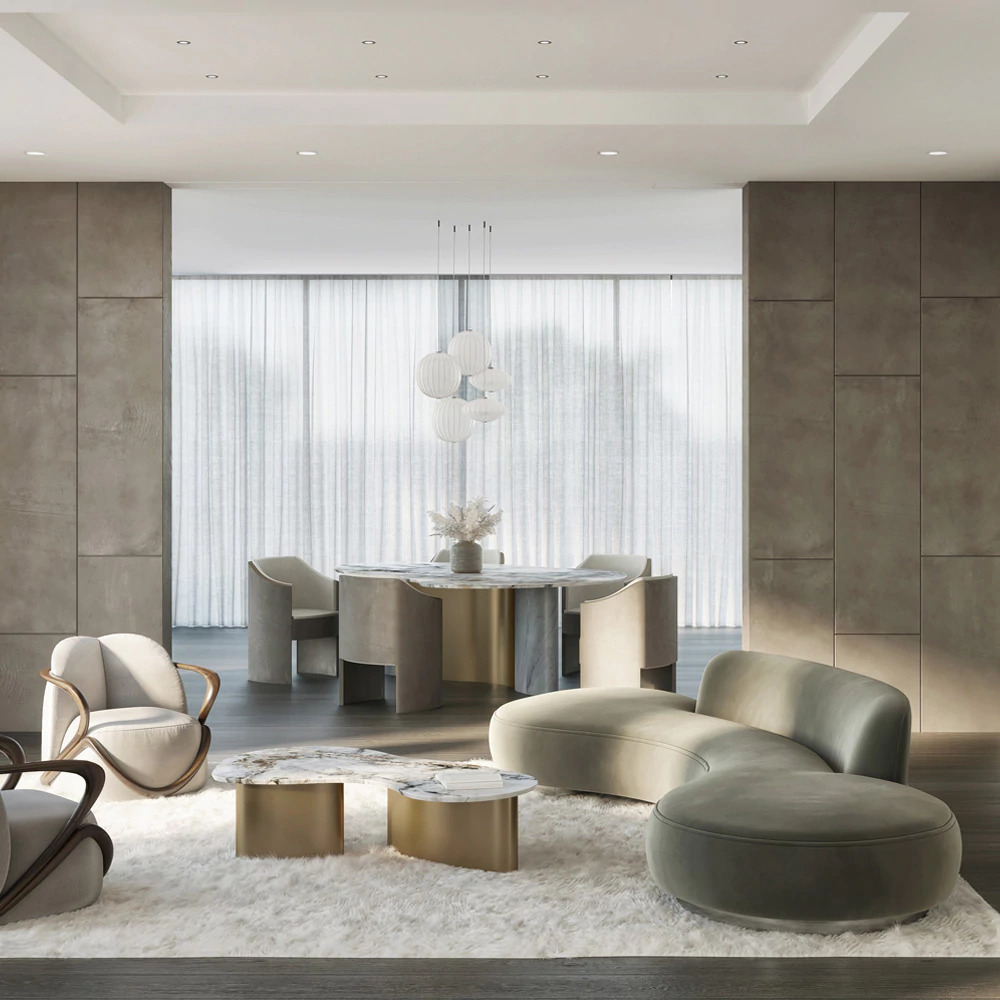- Home
- Articles
- Architectural Portfolio
- Architectral Presentation
- Inspirational Stories
- Architecture News
- Visualization
- BIM Industry
- Facade Design
- Parametric Design
- Career
- Landscape Architecture
- Construction
- Artificial Intelligence
- Sketching
- Design Softwares
- Diagrams
- Writing
- Architectural Tips
- Sustainability
- Courses
- Concept
- Technology
- History & Heritage
- Future of Architecture
- Guides & How-To
- Art & Culture
- Projects
- Interior Design
- Competitions
- Jobs
- Store
- Tools
- More
- Home
- Articles
- Architectural Portfolio
- Architectral Presentation
- Inspirational Stories
- Architecture News
- Visualization
- BIM Industry
- Facade Design
- Parametric Design
- Career
- Landscape Architecture
- Construction
- Artificial Intelligence
- Sketching
- Design Softwares
- Diagrams
- Writing
- Architectural Tips
- Sustainability
- Courses
- Concept
- Technology
- History & Heritage
- Future of Architecture
- Guides & How-To
- Art & Culture
- Projects
- Interior Design
- Competitions
- Jobs
- Store
- Tools
- More

Architecture is a captivating blend of art and science, where design principles play a crucial role in shaping captivating structures. Among these principles, the Golden Ratio stands out as a timeless concept that has influenced architectural masterpieces for centuries. This article explores the significance of the Golden Ratio in architecture and its ability to create aesthetic harmony. The Golden Ratio, often symbolized by the Greek letter Phi (φ), is an irrational number approximately equal to 1.6180339887. It is derived from the ratio of two quantities, such that their sum divided by the larger quantity is equal to the ratio of the larger quantity to the smaller one. This proportion has fascinated artists, mathematicians, and architects alike, as it is believed to convey a sense of visual balance and beauty.
In architecture, the Golden Ratio manifests itself in various ways. One of the most notable applications is seen in the proportions of building facades. Structures designed with the Golden Ratio in mind often exhibit an aesthetically pleasing symmetry and balance. For instance, the Parthenon, an iconic ancient Greek temple, showcases the Golden Ratio in the dimensions of its columns and the relationships between its various architectural elements. The result is a visually harmonious composition that has captivated observers for centuries. In this article, we will talk about the examples of the buildings that have incorparated the Golden Ratio for the third time. This is the second article of the article series, Golden Ratio Samples in Architecture. Understanding Golden Ratio and precious samples from past to present, develop the vision of architectural design.
- The Great Mosque of Cordoba (Mezquita) – Located in Spain, this magnificent mosque dating back to the 8th century showcases the Golden Ratio in its arches and column spacing. The repetition of the ratio throughout the interior creates a visually stunning and harmonious space.

- The Guggenheim Museum Bilbao – Designed by architect Frank Gehry, this contemporary art museum in Spain features an iconic titanium-clad structure that incorporates the Golden Ratio in its curvilinear forms. The harmonious proportions of the building contribute to its striking and captivating appearance.
- The Pantheon – An ancient Roman temple in Rome, Italy, the Pantheon is renowned for its perfectly spherical dome. The ratio of the dome’s diameter to its height corresponds closely to the Golden Ratio, emphasizing the temple’s harmonious design and enduring aesthetic appeal.

- Fallingwater – Designed by architect Frank Lloyd Wright, Fallingwater is a renowned residential house in Pennsylvania, USA. The placement of its cantilevered terraces and the ratio of their dimensions reflect the influence of the Golden Ratio, contributing to the organic and balanced integration of the structure with its natural surroundings.
- The Sydney Opera House – A globally recognized architectural icon in Australia, the Sydney Opera House exhibits the Golden Ratio in its distinctive sail-like roof shells. The interplay between the curved forms and the ratio’s proportions adds a sense of elegance and harmony to the building’s design.

The Golden Ratio can also be observed in the interior spaces of buildings. Architects leverage this ratio when determining the dimensions of rooms, corridors, and openings. By incorporating the Golden Ratio into floor plans and spatial layouts, architects can create an atmosphere of proportion and balance, enhancing the overall user experience. Whether it is the layout of a grand hall or the proportions of a modest living room, the Golden Ratio has the potential to elevate the aesthetic appeal of any architectural space.
Beyond the physical dimensions of structures, the Golden Ratio finds its way into architectural ornamentation and detailing. Decorative elements such as arches, windows, and moldings are often designed in accordance with this ratio. This application ensures that the embellishments blend seamlessly with the overall design, complementing the proportions of the building. From classical to contemporary architecture, the Golden Ratio has been an essential tool for achieving a harmonious and visually pleasing appearance.
While the Golden Ratio serves as a guide for achieving aesthetic balance, it is worth noting that it is not a rigid rule that must be followed in every instance. Architecture is a dynamic art form, allowing for creativity and personal expression. The Golden Ratio can be used as a tool rather than a strict formula, allowing architects to experiment and adapt it to suit their design vision.

Submit your architectural projects
Follow these steps for submission your project. Submission FormLatest Posts
The Ultimate Guide to Fencing in North Dakota: Choosing the Best Fence for Your Property
Watching a chain link fence twist in 70 mph winds near Minot...
Gaudí: Where Architecture Meets Science
Gaudí: Where Architecture Meets Science shows catenary arches, ruled surfaces, and biomimicry...
How Housing Market Forces Shape Architectural Design Today
Architecture never exists in isolation. Buildings rise from a mix of ambition,...
Why Portable Formaldehyde Gas Detectors Matter on Construction Sites
As construction practices shift toward more enclosed and material-intensive environments, the risk...












Leave a comment